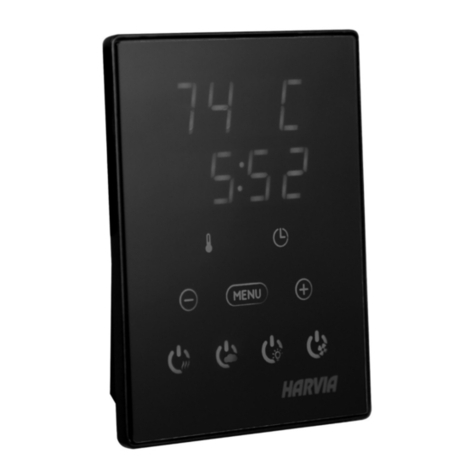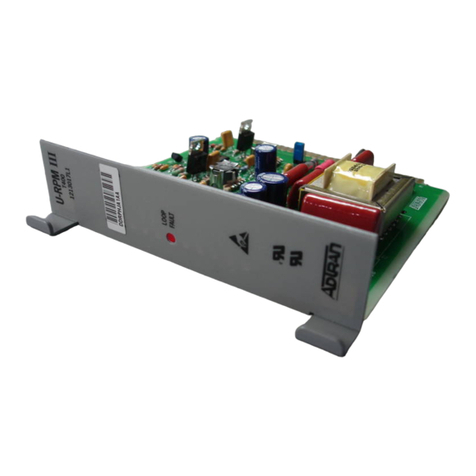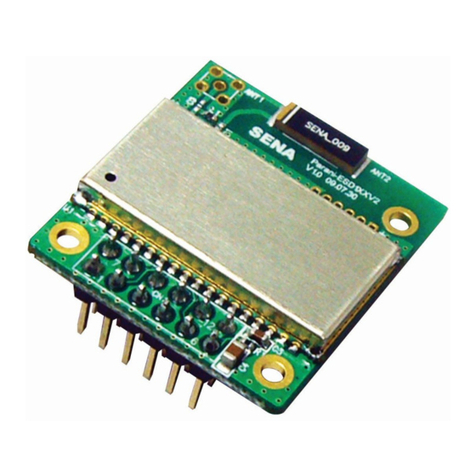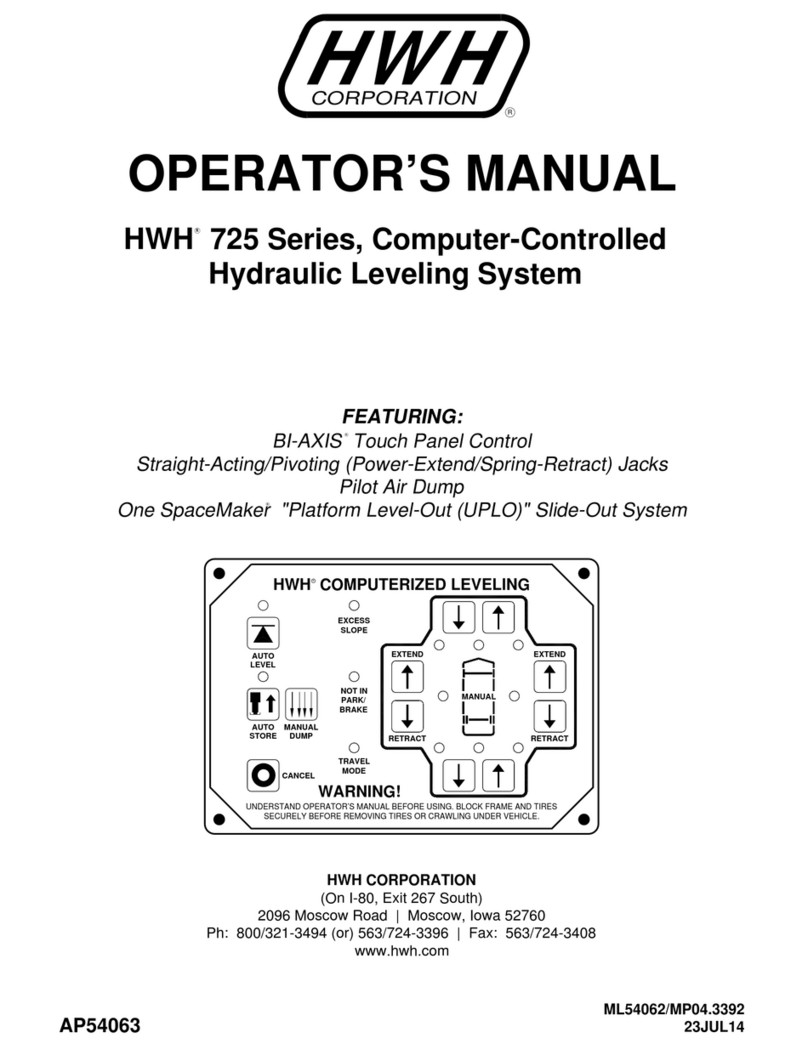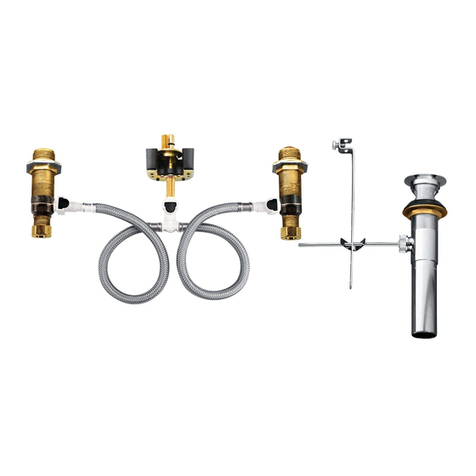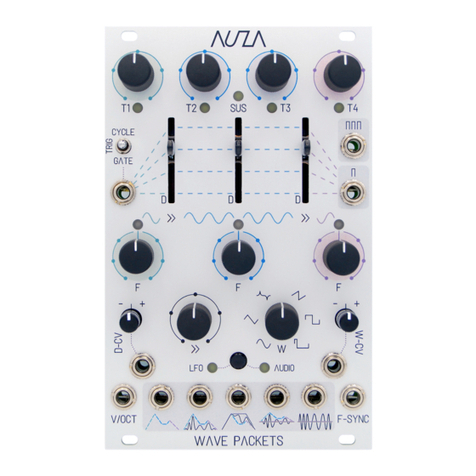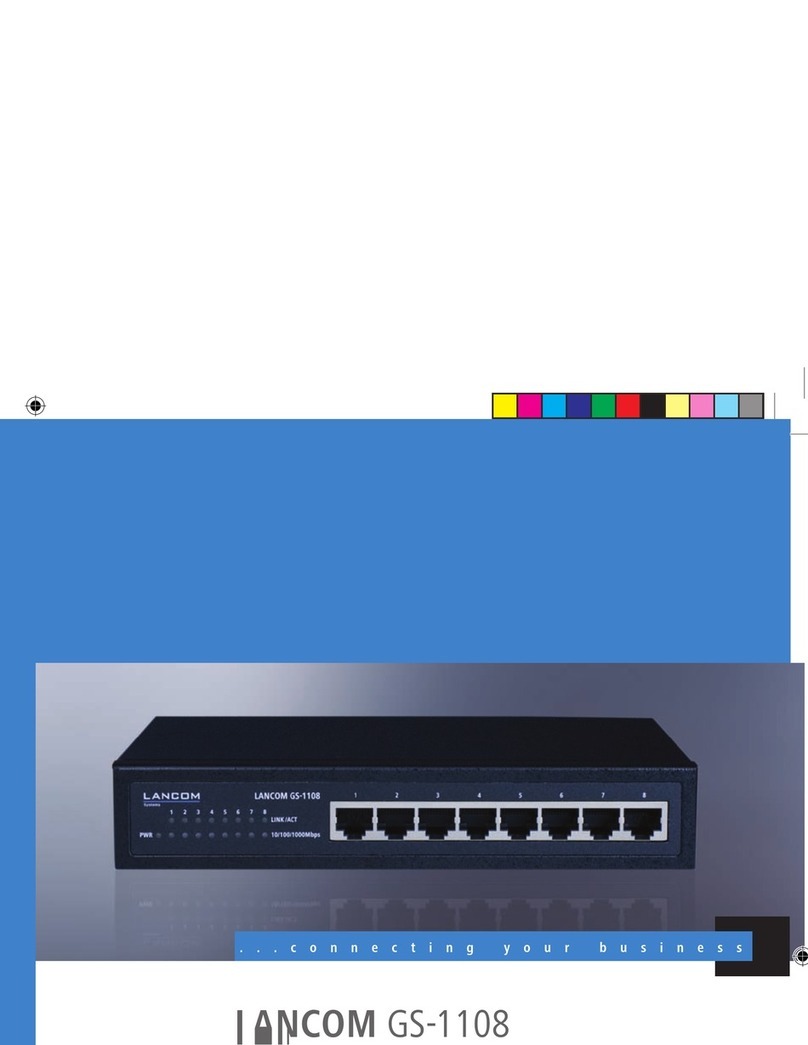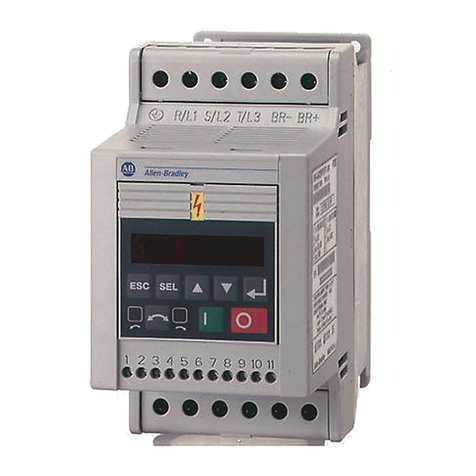RFCOM TECHNOLOGIES RTBTM01 User manual

RFCOM TECHNOLOGIES
Confidential &Proprietary
RFCOM Technologies 2016
RTBTM01 Bluetooth Module
This document contains proprietary information belonging to RFCOM Technologies. Passing
on and copying of this document, use and communication of its contents is not permitted
without prior written authorization
User Manual

Hardware User Manual
RFCOM Technologies
RTBTM01 BLE Module Page 2 of 30
Table of Contents
1. INTRODUCTION 6
1.1 DEFINITIONS,ACRONYMS,AND ABBREVIATIONS 6
1.2 REFERENCES 6
1.3 NAMING RULE 6
2. INTRODUCTION OF RTBTM01 BLE MODULE BOARD 7
2.1 KEY FEATURES 7
2.2 APPLICATIONS 7
2.3 BUILD-IN RICH SOFTWARE PROFILES FOR RICH APPLICATIONS 8
2.4 BLUETOOTH CORE SPECIFICATION 8
2.5 PHYSICAL OUTLOOK 9
3. BLOCK DIAGRAM 10
4. RTBTM01 PIN ASSIGNMENT 11
4.1 PIN ASSIGNMENT 11
4.2 PIN DEFINITION 11
5. APPLICATION SCHEMATIC 13
5.1 ADAPTOR BOARD SCHEMATIC 13
5.2 RF CONFIGURATION 13
5.3 APPLICATION INTERFACE 14
5.3.1 Communication at same potential (VDD) 14
5.3.2 Communication at different potential (1.8 V, 2.5 V) 15
6. ELECTRICAL CHARACTERISTICS 16
6.1 ABSOLUTE MAXIMUM RATINGS 16
6.2 INPUT &OUTPUT CHARACTERISTICS 16
6.3 CURRENT CONSUMPTION 17
7. RF CHARACTERISTICS 20
7.1 RF TRANSMISSION CHARACTERISTICS 20
7.2 RF RECEIVER CHARACTERISTICS 21
7.3 ANTENNA CHARACTERISTICS 23
8. DESIGN GUIDELINE 24
8.1 BLE FIRMWARE BRIEF 24
8.2 SERIAL COMMUNICATION WITH RTBTM01 25
9. MOUNTING REQUIREMENTS & PARAMETERS 26
9.1 MOUNTING REQUIREMENT 26
9.2 RTBTM01 PHYSICAL DIMENSION 27
9.3 RECOMMENDED LAND PATTERN 28
9.4 SOLDERING PROFILE 29
10. TAPE AND REEL PACKAGING 30
11. CERTIFICATION 31
11.1 FCC 31

Hardware User Manual
RFCOM Technologies
RTBTM01 BLE Module Page 3 of 30
12. ORDERING INFORMATION 32
13. CONTACT INFORMATION 32

Hardware User Manual
RFCOM Technologies
RTBTM01 BLE Module Page 4 of 30
1. Introduction
1.1 Definitions, Acronyms, and Abbreviations
1.2 References
A reference is a document to which RFCOM Technologies refers. It could be a customer requirement
document; it could be an internal RFCOM document.
RFCOM Technologies commit that the end product will behave as in any of the reference documents or it
should explicit be mentioned. The following main documents are used in design:
1. RTBTM01 Bluetooth module software user manual
2.
3.
4. R5F11AG Preliminary User's Manual Evaluation Board
5.
6. Renesas rBLE Command Specification
1.3 Naming Rule
RT
BTM
01
-
X
X
-
X
X
RT - Product Prefix of RFCOM Technologies
BTM–BLE Module Board
01 –Hardware PCB Version Number
XX –Hardware Revision Alphabet (A1 –internal antenna)
XX –Firmware Revision Number (10 –default on-chip firmware)
BLE
Bluetooth Low Energy
DC
Direct Current
MCU
Micro-Controller Unit
UART
Universal asynchronous receiver/transmitter
ESD
Electrostatic discharge
RF
UART
I2C
Radio Frequency
Universal Asynchronous Receiver/Transmitter
Inter-integrated Circuit
R5F11AG_BLE_Mannual
R5F11AG_Datasheet
R5F11AG Bluetooth Low Energy Protocol Stack User’s Manual

Hardware User Manual
RFCOM Technologies
RTBTM01 BLE Module Page 5 of 30
2. Introduction of RTBTM01 BLE Module Board
RTBTM01 is a Bluetooth low energy module based on Renesas MCU R5F11AG Bluetooth Low Energy
consumption RF transceiver supporting the Bluetooth ver.4.1 (Low Energy Single mode) specifications.
This module has integrated RF Antenna, 32MHz Crystal, DC/DC inductor to make it easy to use in the
application product without requesting know-how of sensitive circuitry and RF design technics. Customer can
optionally use RF connector, RF pin or RF chip Antenna on module for end-product development.
RTBTM01 is capable to operate either modem (as default) or embedded mode for the sake of cost saving and
product size reduction. Embedded firmware is optionally available and in this case, customer may contact
RFCOM Technologies for further information.
RTBTM01 BLE module is ROHS, CE, FCC Part 15 and RCM pre-approved module. Customers can directly
adopt this module so as to delivery their products to market more efficiently.
2.1 Key features
2.4 GHz ISM band, Bluetooth v4.1 compliance
oLow Energy Single mode Mast & Slave
Ultra-low power consumption
Radio capabilities
oTransmit power: 3.2dBm
oReceiver sensitivity: -89dBm
oLine-of-sight range: 10 meters
oIntegrated chip antenna
oRF connector is optionally available
Baseband capabilities
o10-bit resolution A/D converter
oSoftware programmable GPIO: 13
oRich and flexible interfaces –CSI/ UART/I2C
oCommunication at different potential 1.8 V/2.5 V
Operation voltage: 1.6V to 3.6V
Operation temperature: -30°C to +85°C
Ultra-form factor: 10.0mm x 14.0mm x 1.9mm
ROHS, CE, FCC and RCM
2.2 Applications
Health and fitness gateways
M2M connectivity
Personal navigation devices
Consumer electronics
Industrial and home automation
Protocol Stack. The R5F11AG is a microcomputer incorporating the R5F11AG core and low power

Hardware User Manual
RFCOM Technologies
RTBTM01 BLE Module Page 6 of 30
2.3 Build-in rich software profiles for rich applications
Come together with RTBTM01-X-XX-X Module, the software package includes the following profiles for rich
application:
HID device profiles
HOGP - HID over GATT profile
Proximity sensing
FMP - Find me Profile
PXP - Proximity Profile
Alerts and time profiles
PASP - Phone alert status Profile
TIP -Time profile
ANP - Alert Notification Profile
Health care profiles
HTP - Heart Thermometer Profile
GLP - Glucose Profile
BLP - Blood Pressure Profile
Sports and fitness profiles
HRP - Heart Rate Profile
CSCP - Cycling Speed and Cadence Profile
CPP - Cycling Power Profile
RSCP - Running Speed and Cadence Profile
LNP - Location and Navigation Profile
Other profiles
ScPP - Scan Parameters Profile
Sample and API for Custom profile
2.4 Bluetooth Core Specification
RTBTM01 Module supports the additional (optional) specification below.
Feature
Version
Support
Limited Discovery Time Changes
v4.0 Addendum
Yes
GAP Connection Parameters Changes
v4.0 Addendum
Yes
GAP Authentication and Lost Bond
v4.0 Addendum
Yes
Fast Advertising Interval
v4.0 Addendum
Yes
32 Bit UUIDs for LE
v4.1
Yes
LE Low Duty Cycle Directed Advertising
v4.1
Yes
LE Privacy (1.1)
v4.1
Yes
Table 2-1 Additional features in RTBTM01 BLE profiles

Hardware User Manual
RFCOM Technologies
RTBTM01 BLE Module Page 7 of 30
2.5 Physical Outlook
Figure 2-1 RTBTM01 BLE module

Hardware User Manual
RFCOM Technologies
RTBTM01 BLE Module Page 8of 30
3. Block Diagram
Figure 3-1 Block Diagram of RTBTM01 BLE module shows the overall block diagram of RTBTM01 BLE
Module.
32MHz Xtal
RF
RAM
Code Flash
Data Flash
MCU
I/O
1.8 ~ 3.6V
Antenna
I/O Ports
Serial Interface
Peripherals
RTBTM01
Figure 3-1 Block Diagram of RTBTM01 BLE module
MCU
complaint Bluetooth
radio V4.1.
Antenna
Antenna is a ceramic monopole chip antenna as well as optionally configurable RF connectors
32MHz Crystal
DC-DC converter
The build-in DC-DC convertor enable LV (low-voltage main) mode for ultra-low power current consumption
operation
RTBTM01 is based on R5F CPU core. The chip includes all the functions required for a
The embedded 32MHz crystal is used for generating the internal digital clocks.

Hardware User Manual
RFCOM Technologies
RTBTM01 BLE Module Page 9of 30
4. RTBTM01 Pin Assignment
4.1 PIN Assignment
Pin 1
Pin 2
Pin 3
Pin 4
Pin 5
Pin 6
Pin 7
Pin 8
Pin 9
Pin 22
Pin 21
Pin 20
Pin 19
Pin 18
Pin 17
Pin 16
Pin 15
Pin 14
Pin 13
Pin 12
Pin 11
Pin 10
Pin 25
Pin 24
Pin 23
Figure 4-1 RTBTM01 Bottom view
4.2 PIN definition
Pin
Number
Pin Signal
Name
Default Setting
Alternative Function
1
VSS
GND
GND
2
VSS
GND
GND
3
P1
I/O
External interrupt input /RTC correction clock
(1 Hz) output
4
P2
I/O
Serial clock output, Timer Input/output
5
P3
I/O
I/O, Serial data input CSI20
6
P4
I/O
I/O, Serial data output CSI21

Hardware User Manual
RFCOM Technologies
RTBTM01 BLE Module Page 10 of 30
7
TxD0
UART Tx Pin
UART0 Transmit Data
8
RxD0
UART Rx Pin
UART0 Receive Data
9
P5
I/O
Serial Clock Output
10
P6
I/O
Analog Input
11
VSS
GND
GND
12
P7
I/O
UART1 Receive Data
13
P8
I/O
UART1 Transmit Data
14
P9
I/O
Analog Input
15
TOOL0
Flash programmer
Data Input/Output for programming
16
nRST
Reset
Reset
17
XT1
N.C.
32.768KH Crystal oscillator (Subsystem)
18
XT2
N.C.
32.768KH Crystal oscillator (Subsystem)
19
SCL0
I2C Clock Signal
Serial Clock Input/Output
20
SDA0
I2C Data Signal
Serial Data Bus line
21
VDD
Power supply (1.6V to 3.6V)
Power supply
22
VSS
GND
GND
23
VSS
GND
GND
24
RF_PAD
RF Output (optional)
RF Output (optional)
25
VSS
GND
GND
Table 4-1 RTBTM01 BLE Module PIN definition

Hardware User Manual
RFCOM Technologies
RTBTM01 BLE Module Page 11 of 30
5. Application Schematic
5.1 Adaptor Board Schematic
Figure 5-1 RTBTM01 Adaptor Board Schematic
5.2 RF Configuration
RF Configuration
R3
R4
C9
L2
C8
On-module Chip Antenna
(Default)
Not
Mounted
Not
Mounted
2.7nH
0 Ω
3.9nH
RF Connector
0 Ω
Not Mounted
RF Pad
Not
Mounted
0 Ω
Not Mounted
Table 5-1 RF configuration (optional)

Hardware User Manual
RFCOM Technologies
RTBTM01 BLE Module Page 12 of 30
5.3 Application Interface
5.3.1 Communication at same potential (VDD)
5.3.1.1 UART interfaces
RTBTM01 User
MCU/Host
RxD
TxD
TxD0
RxD0
Pin7
Pin8
Figure 5-2 UART mode connection diagram at same potential
5.3.1.2 Simplified I2C interface
RTBTM01 User
MCU/Host
SCL
SDA
SCL0
SDA0
Pin19
Pin20
4K7*
VDD
4K7*
Figure 5-3 Typical pull-up resistor for I2C mode connection at same potential
The recommended typical pull-up resistor value 4.7KΩvaries subject to designed communication line (SDA0,
SCL0) load capacitance and operation clock frequency at different speed mode.

Hardware User Manual
RFCOM Technologies
RTBTM01 BLE Module Page 13 of 30
5.3.2 Communication at different potential (1.8 V, 2.5 V)
5.3.2.1 UART interfaces
RTBTM01 User
MCU/Host
RxD
TxD
TxD0
RxD0
Pin7
Pin8
4K7*
Vb
VDD
Pin21
VDD
Figure 5-4 UART mode connection diagram at different potential
In this case, VDD ≥ Vb and Vb is either 2.5V (2.3V ~ 2.7V) or 1.8V (1.6V ~ 2.0V). The recommended typical
pull-up resistor value 4.7KΩ varies subject to designed communication line (TxD0) load capacitance and
operation clock frequency at different speed mode. TTL mode is to be used, please contact RFCOM
Technologies for more technical information.
5.3.2.2 Simplified I2C interface
RTBTM01 User
MCU/Host
SCL
SDA
SCL0
SDA0
Pin19
Pin20
4K7*
Vb
Pin21
VDD
VDD
4K7*
Figure 5-5 Typical pull-up resistor for I2C mode connection at different potential
In this case, VDD ≥ Vb and Vb is either 2.5V (2.3V ~ 2.7V) or 1.8V (1.6V ~ 2.0V). The recommended typical
pull-up resistor value 4.7KΩ varies subject to designed communication line (SCL0, SDA0) load capacitance
and operation clock frequency at different speed mode. TTL mode is to be used, please contact RFCOM
Technologies for more technical information.

Hardware User Manual
RFCOM Technologies
RTBTM01 BLE Module Page 14 of 30
6. Electrical Characteristics
6.1 Absolute Maximum Ratings
Figure 6-1 Absolute maximum ratings
6.2 Input & Output Characteristics
Figure 6-2 Input & Output Characteristics
Parameter Symbol Min Max Rating Unit
VDD -0.5 +4.0 V
VSS -0.5 +0.3 V
Per GPIOs -0.3 VDD+0.3* V
RF_PAD -0.5 +1.4 V
Output voltage Per GPIOs -0.3 VDD+0.3* V
Analog input voltage P6, P9 -0.3 VDD+0.3* V
Per Pin -40 mA
Total Pins -170 mA
Per Pin 40 mA
Total Pins 170 mA
Operating temperature -30 +85 ⁰C
Storage temperature -40 +85 ⁰C
Power Supply
*Must be 4.0 V or lower
Input voltage
Output current, high
Output current, high
Parameter Condition Min Typ. Max Unit
Power Supply VDD 1.6 +3.6 V
High
1.6 V≤VDD ≤3.6 V, IOH = -1.0mA VDD-0.5 V
Low
1.6 V≤VDD ≤3.6 V, IOL = 0.3 mA 0.4 V
High 0.8VDD VDD V
Low 0 0.2VDD V
3.3 V ≤VDD ≤3.6 V 2.0 VDD V
1.8 V ≤VDD ≤3.3 V 1.5 VDD V
3.3 V ≤VDD ≤3.6 V 0 0.5 V
1.8 V ≤VDD ≤3.3 V 0 0.32 V
High
1.6 V≤VDD ≤3.6 V, Per pin -10 mA
Low
1.6 V≤VDD ≤3.6 V, Per pin +20 mA
HS (High-speed main) mode VDD = 2.7 to 3.6 V 1 32 MHz
HS (High-speed main) mode VDD = 2.4 to 3.6 V 1 16 MHz
LS (Low-speed main) mode VDD = 1.8 to 3.6 V 1 8 MHz
LV (Low-voltage main) mode VDD = 1.6 to 3.6 V 1 4 MHz
High (TTL mode)
Low (TTL mode)
Input voltage
Output voltage
Normal mode (ITHL = 1)
Current
Clock Speed

Hardware User Manual
RFCOM Technologies
RTBTM01 BLE Module Page 15 of 30
6.3 Current Consumption
Tx power = 0dBm
Operation Mode
Peak Current
Average
Current (DC)
Unit
Normal Voltage
(3.0V)
Standby[1]
-
9
𝜇𝐴
LE Scan (Master Mode)
3.8
see Fig. 6-4[2]
𝑚𝐴
LE Connected (Slave Mode)
2.5
see Fig. 6-5 [2]
𝑚𝐴
LE Advertise (Slave Mode)
2.5
see Fig. 6-6 [2]
𝑚𝐴
Remarks:
[1] Standby mode: RF unit is power down while MCU is idle mode;
[2] LE average current consumption depends on the chosen TX interval and scanning window
Table 6-1 Current Consumption of RTBTM01 (Tx = 0dBm)
60ms scan
interval
30ms scan
window
Peak current = 3.8mA; Average current = 2.2mA
Figure 6-3 LE scanning with 30ms scan window, 60ms scan interval (VDD = 3V)

Hardware User Manual
RFCOM Technologies
RTBTM01 BLE Module Page 16 of 30
Peak current = 2.5mA, Average current = 0.6mA
Figure 6-4 LE connected with 70ms interval (VDD= 3V)

Hardware User Manual
RFCOM Technologies
RTBTM01 BLE Module Page 17 of 30
30ms
advertising
interval
Figure 6-5 LE advertising (3 channels) with 30ms interval (VDD= 3V)
Figure 6-6 Peak Current (mA) vs Tx Power (CW) (VDD= 3V)

Hardware User Manual
RFCOM Technologies
RTBTM01 BLE Module Page 18 of 30
7. RF Characteristics
7.1 RF transmission characteristics
Unless specified otherwise, the measurement is performed at normal condition @ TA = +25°C, VDD = 3.0 V.
Table 7-1 RF transmission characteristics
Figure 7-1 CW Output Power (dBm) over channels (0 to 39)
Parameter Condition MIN. TYP. MAX.
BLE Specification Unit
RF frequency range 2402 2480 2400 to 2483.5 MHz
RF Transmit Power RF normal mode -3 0 3 20 dBm
Transmitted output power setting 0, -1, -2, -7, -10, -15 dBm -15 0 dBm
RF Power variation over BLE Channels 2 dB
Spurious radiation 30 to 1000MHz -74 -36 dBm
1 to 12.75 GHz -42 -30 dBm
1.8 to 1.9 GHz -70 -47 dBm
5.15GHz to 5.3GHz -70 -47 dBm
Harmonics 2nd Harmonics -40 -30 dBm
3rd Harmonics -45 -30 dBm
Drift rate 5 +/-25 KHz
Carrier Frequency Offset 40 150 KHz

Hardware User Manual
RFCOM Technologies
RTBTM01 BLE Module Page 19 of 30
7.2 RF receiver characteristics
Unless specified otherwise, the measurement is performed at normal condition @ TA = +25°C, VDD= 3.0 V.
Table 7-2 RF receiver characteristics
Figure 7-2 Channel 20 - Input Power (dBm) vs. RSSI reading
Parameter Condition MIN. TYP. MAX. BLE Specification Unit
RF frequency range 2402 2480 2400 to 2483.5 MHz
RF sensetivity @ 30.8% RF normal mode -89 -70 dBm
RSSI -3 3 dBm
RF sensetivity variation over BLE Channels Ch0 to Ch39 2 dB

Hardware User Manual
RFCOM Technologies
RTBTM01 BLE Module Page 20 of 30
Figure 7-3 Receiver sensitivity @RF Normal Mode over Low-Mid-High Channels
Table of contents
Popular Control Unit manuals by other brands
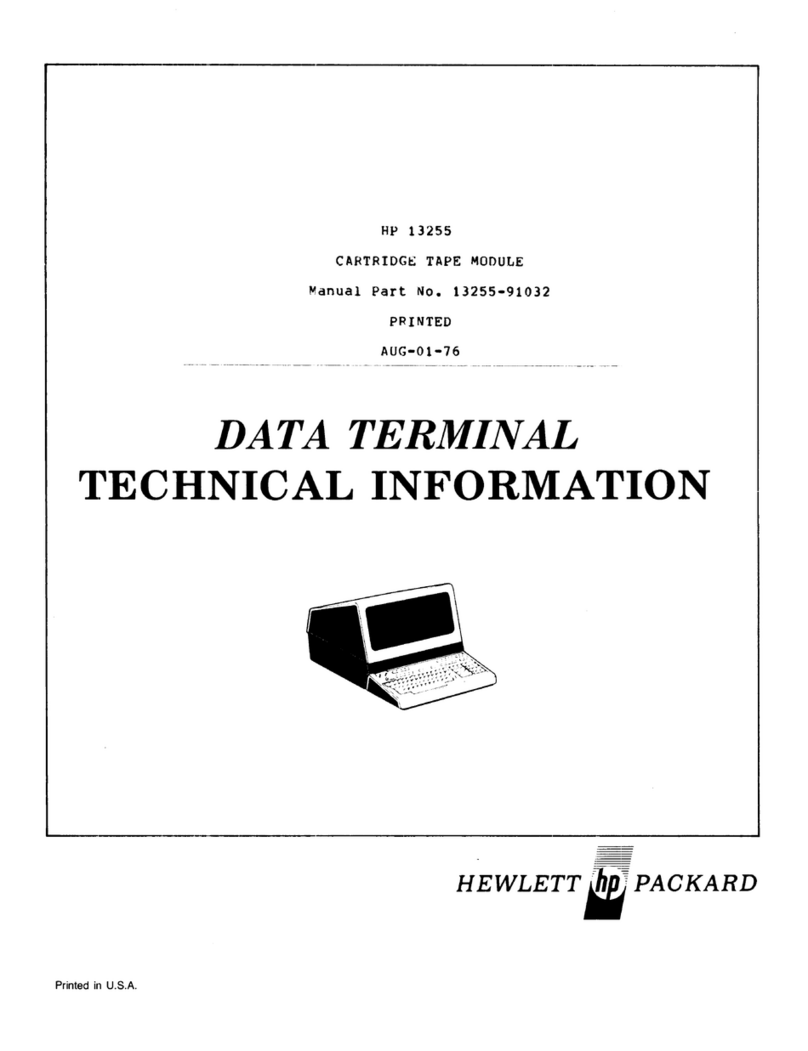
HP
HP 13255 technical information
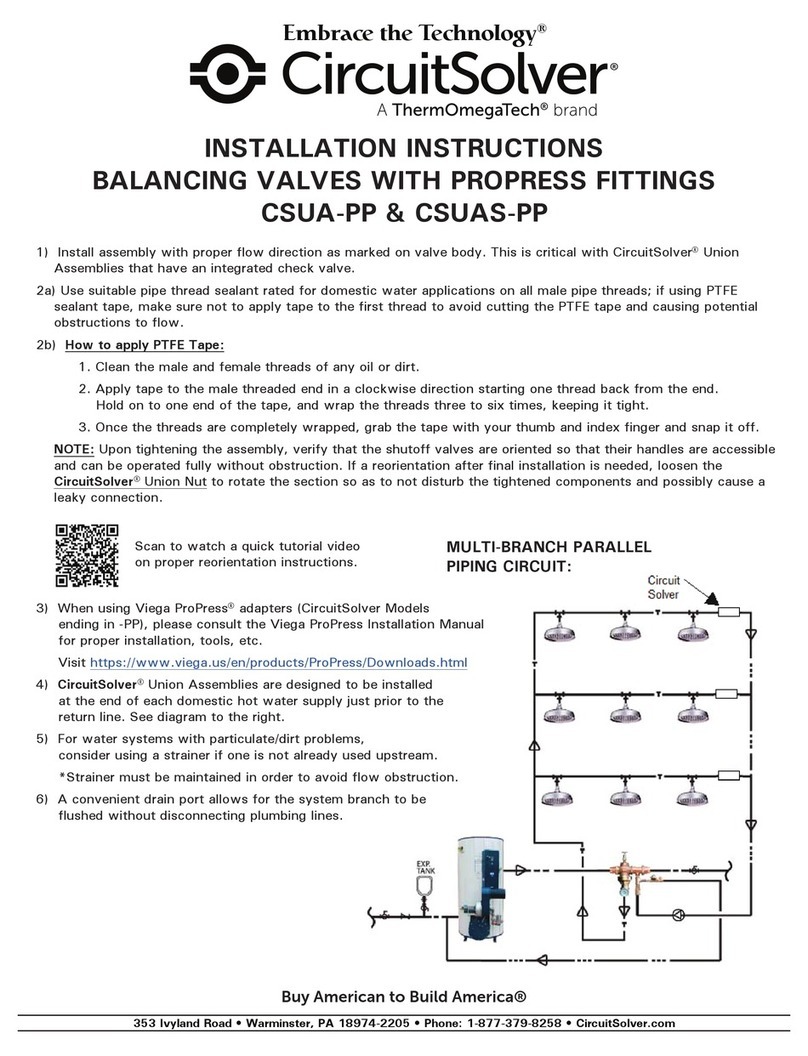
ThermOmegaTech
ThermOmegaTech CircuitSolver Embrace CSUA-PP installation instructions
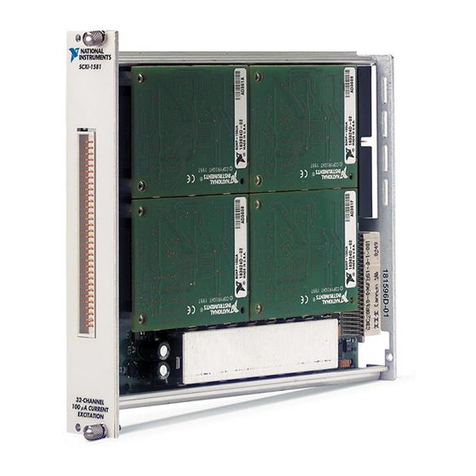
National Instruments
National Instruments SCXI-1581 user manual

Watts
Watts AMES Deringer 50 user guide

ABB
ABB MotiFlex e100 OPT-MF-005 user manual
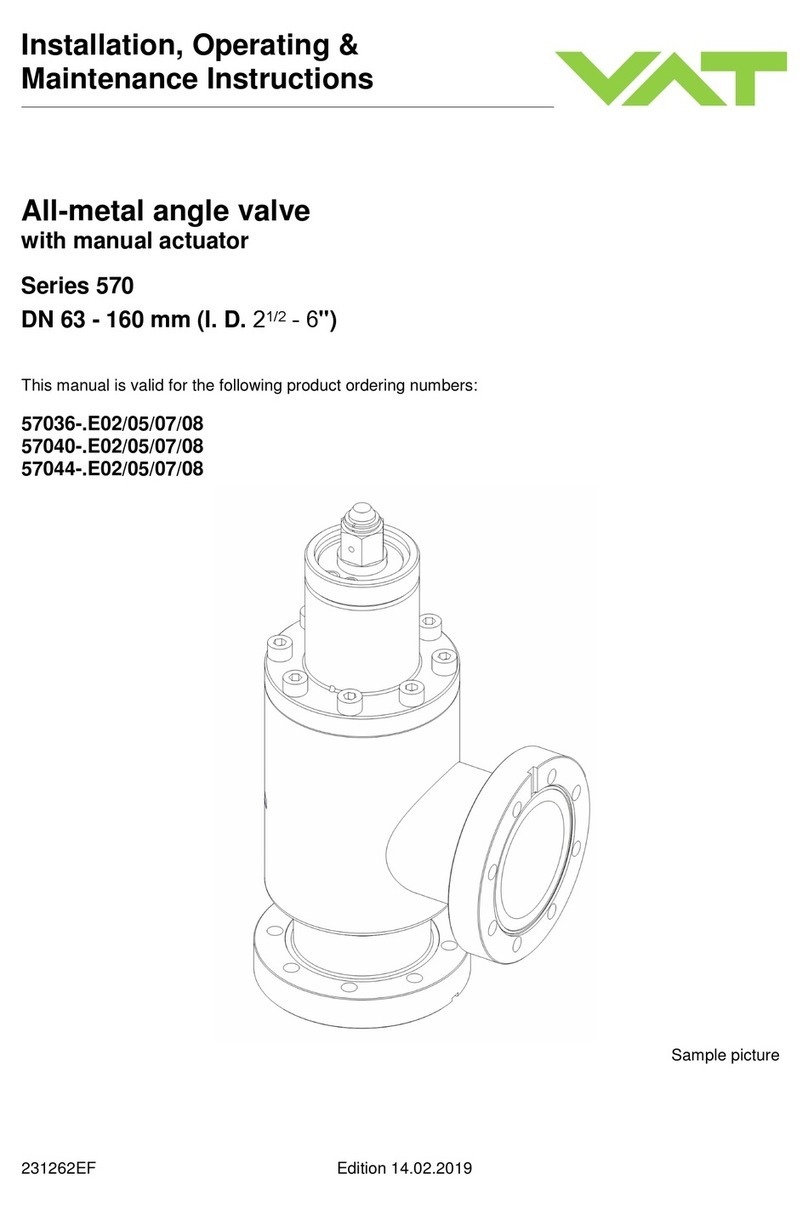
VAT
VAT 570 Series Installation, operating, & maintenance instructions
